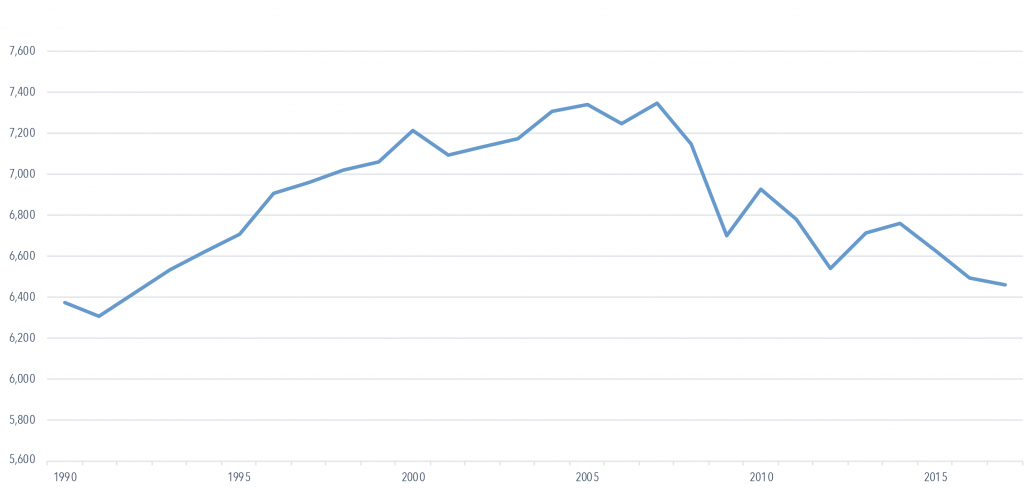VIDEO & ANALYSIS: A Closer Look At Natural Gas
The International Energy Agency (IEA) recently noted that the cost of solar farms and windmills have dropped significantly – so much so that they’re the “cheapest” way of “adding new electricity-generating plants in most countries today.”
We haven’t examined their numbers, but on the surface that appears to be great news for consumers. The more options there are for electricity generation in the world the better. Competition is a good thing. It helps drive innovation and keeps costs affordable for consumers.
While wind and solar do come with their own environmental problems (see the windmill graveyard in Wyoming or the Planet of the Humans documentary), they are certainly better for society than, say, the coal power plants that continue to pop up in south east Asia (and the smog and high emissions that come with them).
A key word in the IEA quote above is “adding.”
The world is using more and more energy every day, not less. As Chris Sublicki (Former CEO of Modern Resources) points out in his popular YouTube clip (worth a watch), that’s a good thing. Access to energy is helping to lift millions of people out of poverty every year.
However, the idea that wind and solar are going to replace oil and gas products anytime soon is fiction. They’ll supplement, not replace natural gas and many other energy sources for the foreseeable future.
In fact, the Paris-based IEA has estimated that by 2040 the amount of global energy generated by natural gas is expected to grow from 23% to 25%. Similarly, the US government’s Energy Information Administration (EIA) projected global natural gas consumption will “increase more than 40% between 2018 and 2050.”
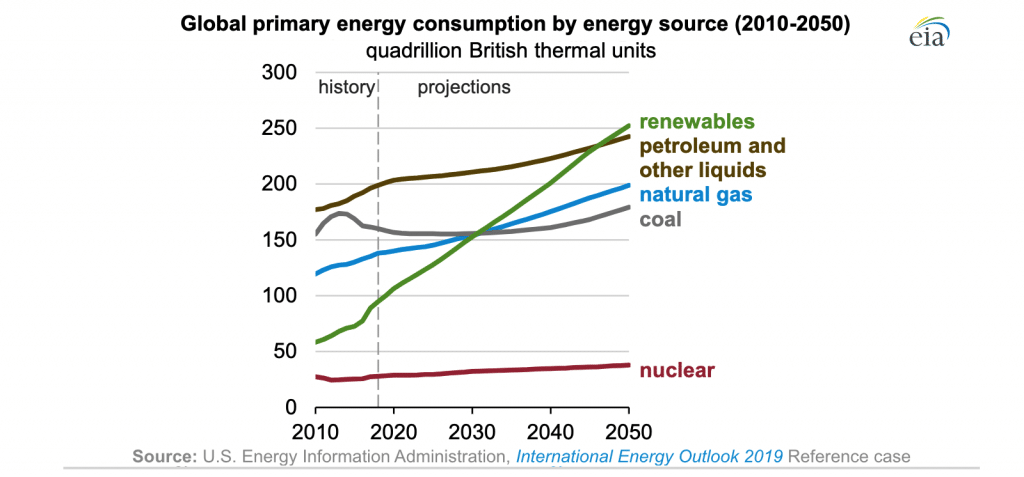
This post takes a deep dive into natural gas usage in Canada and the role we play globally with this resource.
Canada’s natural gas supply
According to the Government of Canada, Canada is the “fourth largest producer” and “sixth largest exporter of natural gas” in the world.
Alberta is the largest producer in Canada (71%), followed by British Columbia (27%) and Saskatchewan (2%). However, natural gas opportunities also exist in Manitoba, Ontario, Quebec, Nova Scotia, New Brunswick and the territories.
Out of all the natural gas extracted each year in Canada, approximately 45% of it is exported (almost entirely to the U.S.).
In terms of domestic usage, natural gas is used by industry (55%), residential users (24%), commercial (19.4%) and transportation and agriculture (1.6% combined).
Overall, it represents approximately 35% of Canada’s energy supply.
Even if one wanted to phase out natural gas usage in Canada, it would be an onerous task. Not only is the resource a significant player in terms of total power supply, it is also an extremely reliable source. While windmills are only productive when it’s windy, and solar panels are only useful when the sun is out, natural gas is dependable around the clock.
Phasing out usage of the resource would also have a significant impact economically. The industry employees thousands of workers and pays billions in taxes and royalties each year.
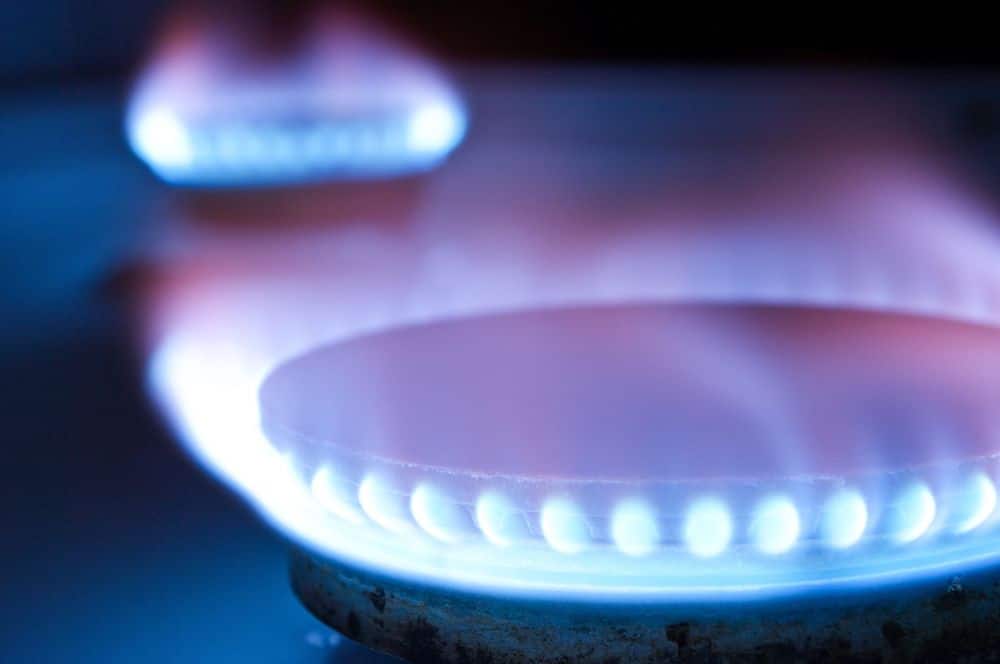
Natural gas in our lives – heating
When Canadians think of natural gas many will think of the blue flame in the furnace in their basement. That’s because approximately half of all homes in Canada are heated with natural gas.
Some environmentalists have mused about switching homes from natural gas heating to electric heat, but that’s just not doable on a large scale for the foreseeable future.
Consider the province of Manitoba. The “keystone” province – as Manitobans refer to it – draws 97% of its power from hydroelectric dams. Over the past century it has built 15 dams and Manitoba Hydro, the province’s crown power utility, is currently working on a 16th dam – Keeyask.
Yet, despite the province’s immense hydro power production, Manitoba Hydro bristled at a recent City of Winnipeg motion to explore switching buildings in the city from natural gas to electric.
Manitoba Hydro told the CBC it would have to “double” the amount of hydropower in the province to accomplish such a feat. Remember, it gets extremely cold in Manitoba during the winter so the electricity needed to heat thousands of homes would be equally extreme. Hydro noted:
“Manitoba Hydro does not currently have the generating capacity to support a mass switch from natural gas to electricity for home heating.”
“For our grid to serve peak energy demand without natural gas, we would have to approximately double our current generating capacity, build extensive new transmission infrastructure, and significantly upgrade our existing distribution infrastructure.”
Considering it took Manitoba Hydro over 100 years to construct 15 hydro dams, it would have to double its generation fleet just to convert the homes in Winnipeg to natural gas.
One can only wonder how much additional capacity would also be needed in the province to convert all industry activities over to electric power as well as the thousands of gas-powered automobiles in the city?
At least in the short term, this is not realistic.
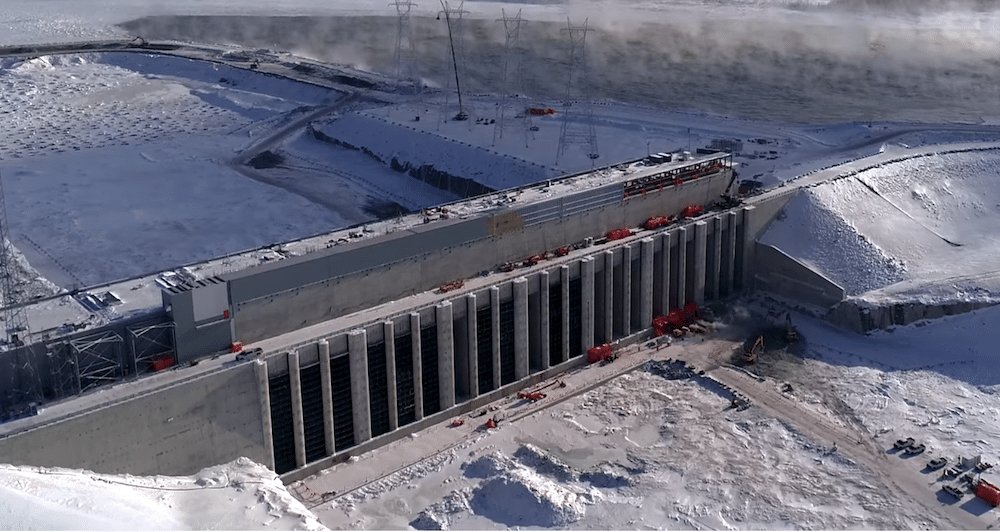
Natural gas in our lives – other uses
While home heating is the most intuitive use for natural gas, there are countless other ways our society uses natural gas, including:
– Cooking (residential barbeques as well as commercial restaurants)
– Water heaters and clothes dryers (click here)
– Transportation (trucks, buses, ferries and more) – there are over 20,000 natural gas-powered vehicles in Canada and they’re more environmentally friendly than diesel powered vehicles
– Fertilizer for plants (click here)
– Medications such as aspirin (click here)
– Medical goods such as band-aids, IV bags, hand sanitizers, soaps, etc. (click here)
– Deicer that we use for our cars and airplanes
– Running shoes and other materials in shoes and clothing (click here)
– And of course plastics – from your cell phone to your baby’s bottle or the pen in your hand.
Natural gas’s environmental footprint
So how does burning natural gas compare with other fossil fuels in terms of emissions?
The U.S. government’s Environmental Information Administration has some useful data related to CO2 emissions from fossil fuels:
Pounds of CO2 emitted per million British thermal units (Btu)
of energy for various fuels
| Coal (anthracite) | 228.6 |
| Coal (bituminous) | 205.7 |
| Coal (lignite) | 215.4 |
| Coal (subbituminous) | 214.3 |
| Diesel fuel and heating oil | 161.3 |
| Gasoline (without ethanol) | 157.2 |
| Propane | 139.0 |
| Natural gas | 117.0 |
According to the EIA’s data, natural gas is the cleanest of all “fossil fuels.” Notably, emissions from natural gas are approximately 50% lower than coal, 27% lower than diesel and roughly 25% lower than gasoline.
One can see how it would be beneficial, from an environmental perspective to switch from, say, coal or diesel to natural gas. In fact, that’s one of the main reasons for the drop in emissions south of the border.
Consider this quote from Forbes magazine:
“Between 2005 and 2017, U.S. carbon dioxide emissions fell by 12.4% on an absolute basis and by 19.9% on a per capita basis.”
The article continues:
“the vast majority of the emissions decline in the U.S. can be attributed directly to natural gas substituting for coal in the power sector.”
Trends in U.S. Greenhouse Gas Emissions (1990-2017)
Canada could also reduce emissions through natural gas development.
Coal only represents approximately 7.4% of Canada’s energy usage so that’s not a large opportunity to reduce emissions from using natural gas (plus it’s already scheduled to be phased out by 2030). However, natural gas development could help in other ways.
First, consider some research conducted by Petrel Robertson Consulting for SecondStreet.org. In short, we hired the global consulting firm to calculate the emissions reduction from Quebec developing its own natural gas supplies rather than importing natural gas from outside the province. They concluded:
“Choosing reasonable assumptions, we calculate that producing Quebec’s gas supply in the province instead of importing it from western Canada or the United States could save up to almost 170,000 tonnes of CO2-equivalent emissions per year, which is comparable to removing about 35,000 cars from the road each year.”
Canada could perhaps also reduce emissions by developing and using local natural gas supplies in Manitoba, Ontario, Nova Scotia, New Brunswick and the territories.
A second example of how Canada could significantly reduce CO2 emissions does not involve our own emissions, but those coming from other nations.
Note that carbon dioxide does not adhere to political boundaries. Thus, if Canada reduces its own emissions, or helps another country reduce its emissions, the planet benefits both ways.
In China, India, Japan and many other southeast Asian countries, they derive significant amounts of their electricity supply through coal power (58%, 45% and 26% respectively according to 2019 figures from the U.S. Energy Information Administration).
If Canada could export more natural gas to southeast Asia, those countries could offset some of their coal power with cleaner burning natural gas, reducing CO2 emissions at the same time. In fact, those countries have been knocking on Canada’s door in search of natural gas for years. While at least one major project has proceeded (LNG Canada), our nation has, to date, missed out on billions of dollars worth of export opportunities in this area.
For those not familiar with how natural gas is exported across great distances, the gas is chilled to the point where it becomes a liquid and is then shipped to those countries using large tanker vessels. This clip from Shell explains the process quite well:
But not only would natural gas help those countries reduce their CO2 emissions, it could also help clean up their air. Note that China sees approximately 1.6 million premature deaths each year due to smog. In India, air pollution-related deaths are slightly higher at 1.7 million per year.
Naturalgas.org discusses this point:
“The use of natural gas does not contribute significantly to smog formation, as it emits low levels of nitrogen oxides, and virtually no particulate matter. For this reason, it can be used to help combat smog formation in those areas where ground level air quality is poor.”
Make no mistake, like all forms of energy, natural gas also comes with environmental challenges. As noted in the table above, it is a much cleaner burning resource than other fossil fuels, but it still emits more carbon dioxide than, say, wind, solar or nuclear power. Further, methane is also emitted during extraction of the resource.
To address these issues, the federal government has imposed more stringent environmental regulations on natural gas development. The government notes:
“We introduced national methane regulations in 2018. These new regulations will reduce climate warming emissions from the oil and gas sector by 40 to 45 percent. They are focused, flexible, and outcome based. They provide the oil and gas industry with compliance options and opportunities to innovate. Our new methane regulations are expected to reduce 20 million tonnes of methane in 2030. This is equal to taking about 5 million passenger vehicles off the road each year.”
Businesses are also working on these issues. For instance, in 2019 we highlighted technology developed by Berg Chilling, an Ontario-based company that has developed equipment to capture methane at the well site, rather than flaring it.
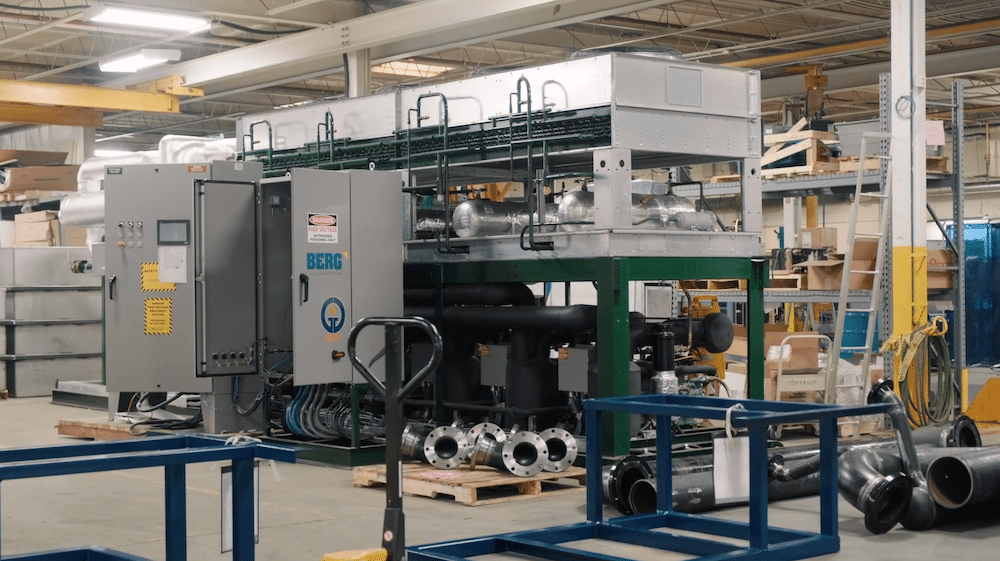
It’s great that the world’s energy sector continues to evolve and develop new forms of cost-effective technology. That’s positive for consumers and the environment.
But the idea that the world can simply keep natural gas in the ground is not realistic – at least for the foreseeable future. Beyond simply heating our homes and providing fuel for restaurants to cook our meals, natural gas is interwoven in Canadian society – electricity generation, plastics we use on a daily basis, some medications and more.
This reality may change in 5, 10 or 20 years as substitute materials and new energy sources are developed, but for now natural gas is an essential part of society.
More development of natural gas, not leass, could help reduce global emissions by replacing some fuels – domestically and internationally – that come with higher emissions.
You can help us continue to research and tell stories about this issue by making a donation or sharing this content with your friends. Be sure to sign up for our updates too!


